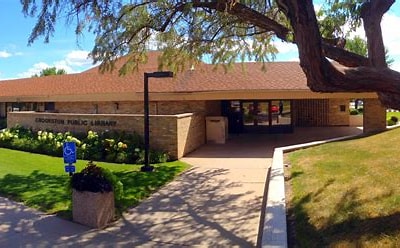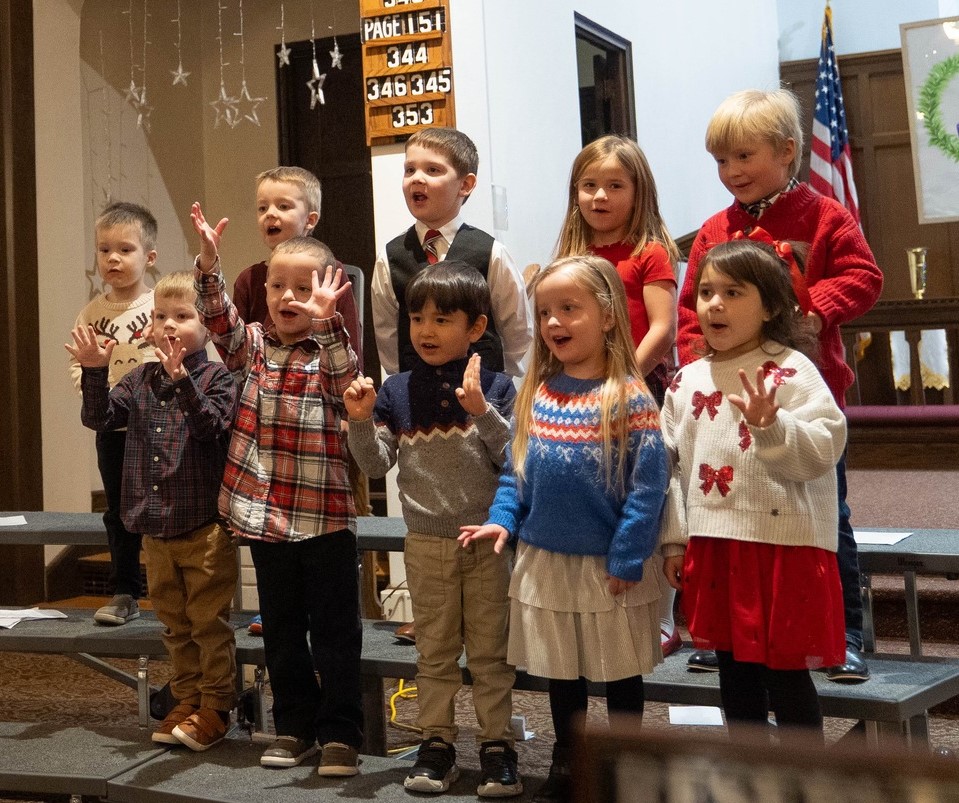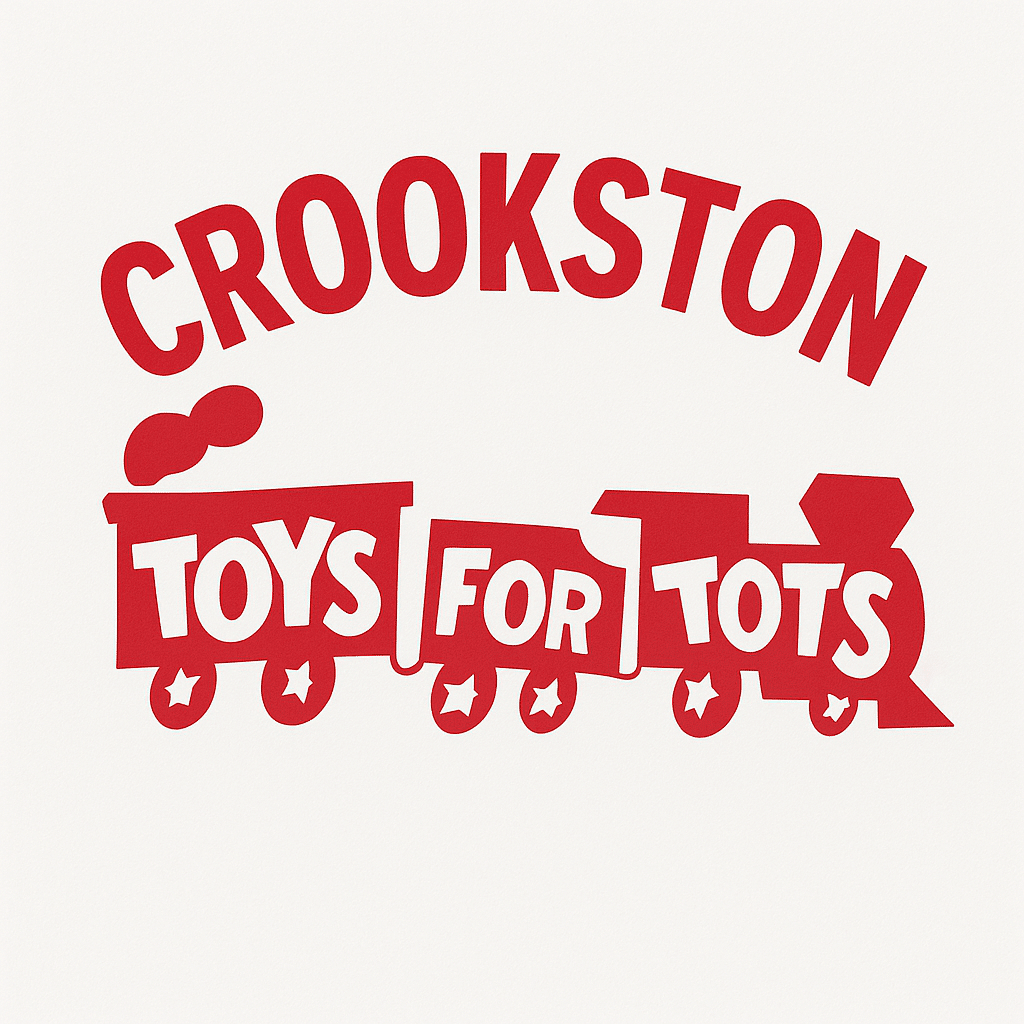The Minnesota Department of Natural Resources encourages Minnesotans who intend to burn vegetative debris – such as brush, grass, leaves, and untreated lumber – during spring clean-up to start planning now. The best time to burn vegetative debris is when there is ample snow on the ground, rather than later in the spring when wildfire risk is high due to brown grass and low humidity.
Every spring, burning permit restrictions are put in place after the snow melts. Restrictions remain in place until vegetation begins to “green up” and fire risk declines.
“Vegetative debris burn piles are the number one cause of wildfires in Minnesota,” said Karen Harrison, DNR statewide wildfire prevention specialist. “Chipping and composting are the best options and are encouraged as an alternative to burning whenever possible.”
If vegetative debris is burned, all fires must be supervised and put out by drowning with plenty of water or snow, stirring, and repeating until out cold.
If a fire does rekindle or escape, the person who set it is liable for any damages and wildfire suppression costs. It is illegal to burn garbage, including chemically treated or painted lumber, tires, and plastics.
Visit the DNR’s guide on composting for woodland owners (mndnr.gov/wildfire/prevention/debris-composting.html) for more information on alternatives to burning vegetative debris. For information and daily updates on current fire risks and open burning restrictions, visit the statewide fire danger and burning restrictions page of the DNR website (mndnr.gov/BurnRestrictions).





